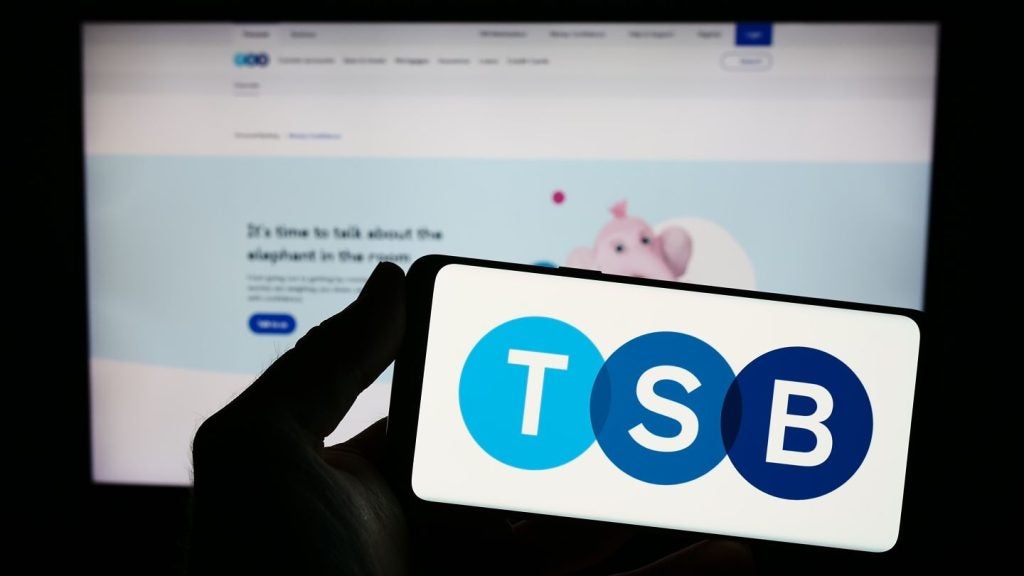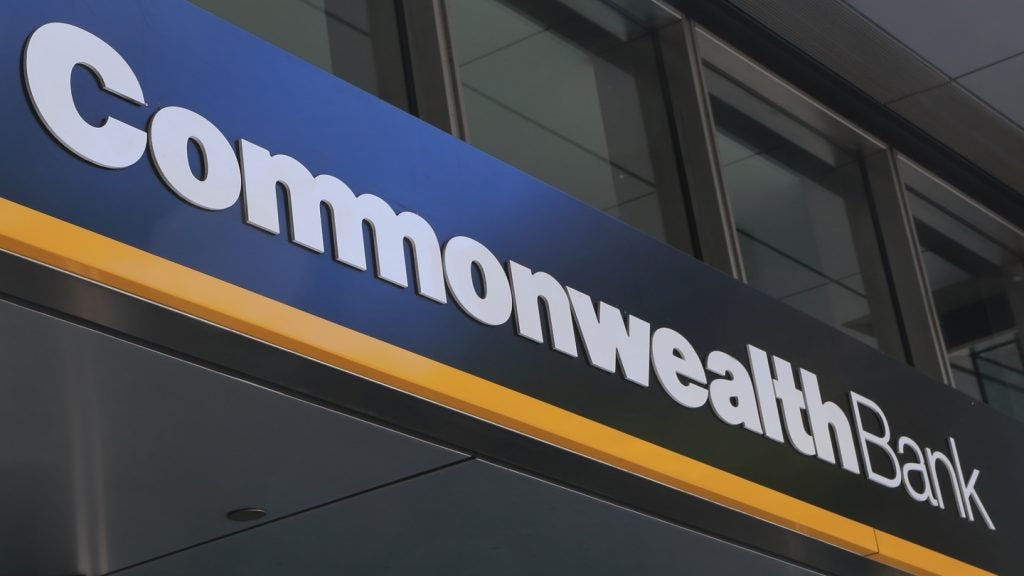Commonwealth Bank of Australia (CBA) has posted cash net profit after tax (NPAT) of AUD9.88bn for the financial year 2017, an increase of 4.6% compared with AUD9.44bn a year ago.
The bank in its earnings statement said its total operating income rose 5% to AUD25.94bn from AUD24.61bn in financial year 2016.
For the year ended 30 June 2017, net interest income was AUD17.6bn as against AUD16.93bn a year earlier. However, the group’s net interest margin fell 3 basis points to 2.11%.
On a cash earnings basis, its return on equity stood at 16%, down from 16.5% a year earlier. Cash earnings per share were up to AUD5.75 per share from AUD5.55 in the 2016 financial year.
The Retail Banking Services division of the group posted cash NPAT of AUD4.96bn, up 9% compared to AUD4.54bn in the year ago period.
Over the year, the group provided AUD197bn in new lending to customers, including providing 330,000 home loans. Customer deposits made up 67% of the group’s total funding.

US Tariffs are shifting - will you react or anticipate?
Don’t let policy changes catch you off guard. Stay proactive with real-time data and expert analysis.
By GlobalDataThe Business and Private Banking division of the group posted cash NPAT of AUD1.64bn, up 8% compared with AUD1.52bn a year ago. Wealth Management division cash NPAT declined 10% to AUD553bm from AUD612m in financial year 2016.
CBA group CEO Ian Narev said: “Commonwealth Bank’s performance this year has again contributed to the financial wellbeing of our customers, shareholders, our people and the Australian economy. This is the result of our consistent focus on customer satisfaction, innovation and financial strength.
“Headline indicators show that the Australian economy remains sound overall, albeit variable. However many households are concerned about job security, wages and the cost of living. Cyclical investment in mining and construction has underpinned our economy for some time. The next wave of more broad-based business investment that we need to secure jobs and lift wages is important.”
The banking group added that its Common Equity Tier 1 (CET1) ratio was 10.1%, below the Australian Prudential Regulation Authority’s (APRA) 10.5% benchmark, but it maintained it would meet the requirement by the 1 January 2020 deadline.







